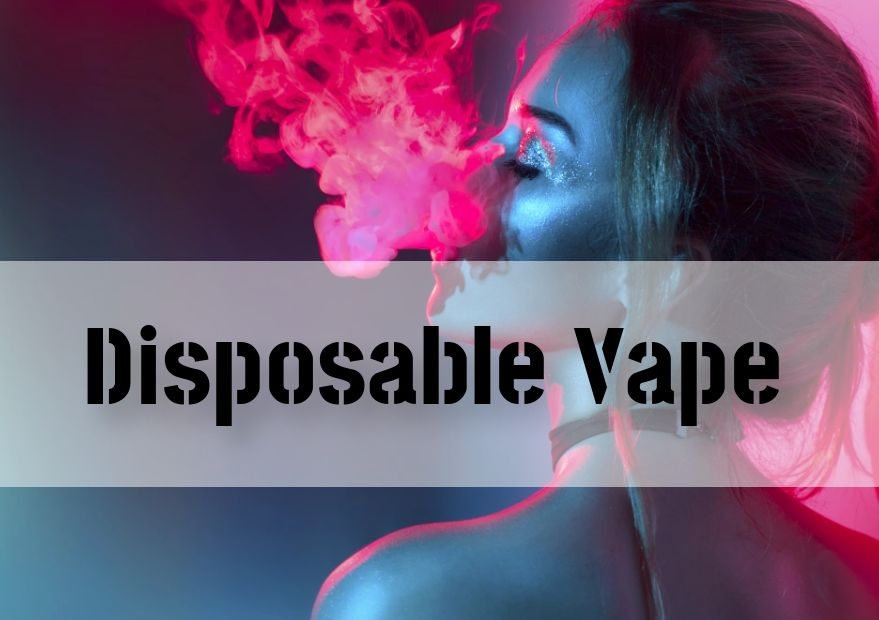
What are Mesh Coils?
Surface area arms race
In recent years we’ve seen a race amongst vape manufacturers to maximise the surface area of coils. It started with dual coils (which incorporated two wires), and that’s a process which continues today with coils incorporating multiple strands of wire in multiple coil holes.One game changer was the original Aspire Cleito tank. Thinking outside the box, Aspire revolutionised cloud vaping with regulated mods by making more of the chimney (the vertical section in the inside of the tank) the coil, which increased the surface area.
The arms race is far from over, and the one of the biggest evolutions in coil technology is the mesh coil.
Why is surface area in coils important?
Vapour is created when e-liquid is heated up. E-liquid is heated when it comes into contact with the coil. The larger the surface area of the coil, the more e-liquid is heated up at one time. And the more e-liquid is heated up, the more vapour you get.Arguably, you also get a more intense flavour, although there is some debate over whether lower-wattage vaping (which produces less vapour) is better for flavour.
What are mesh coils?
Despite their name, most mesh coils are actually a strip of metal with holes punched in them. This both maximises the surface area of the coil and, combined with a flat thin design, minimises their volume. The result? A much larger interface between the coil and the e-liquid.
Mesh coils can be made from stainless steel or kanthal (the material used for Cleito mesh coils) You can read more about these materials in our guide to coils.
Are mesh coils new?
Mesh is not completely new to the vaping world. It was originally used as wicking for rebuildable tanks before cotton took over as the preferred wicking material.Originally, mesh coils were used pretty much exclusively for cloud vaping. However, in recent years manufacturers have started to use them for low- wattage vaping and Mouth-to-Lung devices.
What are the advantages of mesh coils?
As you might have guessed, the big advantage of mesh coils comes from their large surface area. Proponents believe this leads to:
1、A faster ramp up time (the time it takes your coil to heat up).
2、More vapour and more intense flavour.
3、A more consistent vape, due to more even heat distribution.
4、Longer lasting coils. As heat accumulating in one area can lead to burning, more even heat distribution reduces the chance of burnt out coils.
5、Taste: Some vapers have reported better flavour production from mesh coils than from regular coils.
6、Power requirements: Mesh needs less power to reach optimum performance.
7、Mesh coils are often cross compatible with existing tanks, meaning you can try mesh without getting a whole new tank.
What are the disadvantages of mesh coils?
As with all coils, when you increase the surface area of the coils, you use more juice. It sounds obvious, you can’t have large clouds and be economical with juice. That’s especially frustrating in the EU, as regulations limit the size of the tank to 2ml, leading to frequent top ups.
It’s also worth mentioning that if there’s any harm in vaping, it’s going to be down to the vapour inhaled rather than the nicotine. Public Health England estimates that vaping is 95% safer than smoking, but inhaling large amounts of vapour is likely to exacerbate that 5% risk. That risk doesn’t come from the nicotine, but from the vapour. So from a health perspective, at least until we know more, you’re probably better off with low wattage, single coil vaping.
Mesh coils don’t get as hot as Clapton coils, so if you’re a vaper who likes a warm vape running at high wattages, then mesh might not be for you. You might also find that they work better with some e-liquid flavours than with others.
Which e-liquids should you use with mesh coils?
When mesh coils first came on the scene, they were used almost exclusively with high VG e-liquids. However, the advent of MTL mesh coils means that some coils can be used with e-liquids with a VG:PG ratio of 50:50 and with nicotine salts.
You’ll often see recommendations for the best e-liquid to use with different coils on retailers’ product pages. If you don’t, here’s a few clues to help you:
How the coil is described: If it’s called a Mouth-to-Lung or MTL coil, it will work best with e-liquids with a VG:PG ratio of around 50:50 and with nicotine salts. If it’s called a Direct-Lung (DL) coil, it will work best with higher VG e-liquids.
Recommended wattages: High wattages are usually designed for DL coils that work with high VG e-liquids. Low wattages are designed for MTL coils that work with higher PG e-liquids.
Resistance: In general, very low resistance coils are designed for high VG e-liquids. A 0.16Ω coil, for example, would usually be used with e-liquid with a VG:PG ratio of 70:30 or above. While there are exceptions, these are usually labelled clearly as DL coils.

Leave your comment
Note: HTML is not translated!